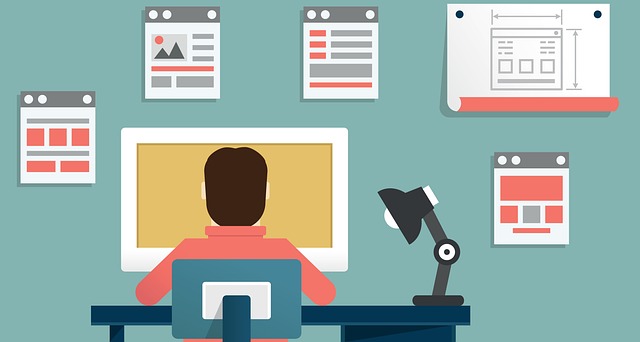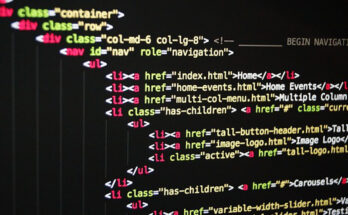January12, 2023 Imphal By Banti Phurailatpam:
Contents
- 1 Introduction
- 2 Section 1: Understanding the Basics
- 3 Section 2: HTML – Building the Structure
- 4 Section 3: CSS – Styling Your Webpage
- 5 Section 4: JavaScript – Adding Interactivity
- 6 Section 5: Responsive Design and Media Queries
- 7 Section 6: Introduction to Version Control with Git
- 8 Section 7: Putting It All Together – A Simple Webpage Project
- 9 Section 8: Deployment Basics
- 10 Conclusion
Introduction
Embarking on the journey of web development can be both exciting and daunting for beginners. This tutorial serves as a comprehensive guide to lay the foundation for aspiring web developers. Covering the essential concepts and practical coding examples, this guide is designed to demystify the basics of web development and provide a solid starting point for your coding adventure.
Section 1: Understanding the Basics
1.1 What is Web Development?
- Definition of web development and its importance.
- Overview of front-end and back-end development.
1.2 Essential Web Technologies
- Introduction to HTML, CSS, and JavaScript.
- Understanding their roles in web development.
Section 2: HTML – Building the Structure
2.1 Introduction to HTML
- Basics of HTML tags and elements.
- Creating the structure of a webpage.
2.2 HTML Document Structure
- HTML doctype declaration.
- Head and body sections in an HTML document.
2.3 HTML Elements
- Understanding block-level and inline elements.
- Using common HTML elements like headings, paragraphs, and lists.
2.4 Hyperlinks and Images
- Creating hyperlinks to navigate between pages.
- Embedding images using the img tag.
Section 3: CSS – Styling Your Webpage
3.1 Introduction to CSS
- Basics of CSS syntax and rules.
- Inline vs. internal vs. external CSS.
3.2 Styling Text and Fonts
- Changing font styles, sizes, and colors.
- Adjusting text alignment and spacing.
3.3 Box Model and Layout
- Understanding the CSS box model.
- Controlling the layout with properties like margin, padding, and display.
3.4 CSS Selectors and Classes
- Using selectors to target HTML elements.
- Creating and applying styles with classes.
Section 4: JavaScript – Adding Interactivity
4.1 Introduction to JavaScript
- Basics of JavaScript syntax and variables.
- Understanding data types.
4.2 Functions and Control Flow
- Writing and calling functions.
- Using conditional statements (if, else) for control flow.
4.3 DOM Manipulation
- Introduction to the Document Object Model (DOM).
- Selecting and modifying HTML elements with JavaScript.
4.4 Event Handling
- Responding to user actions with event listeners.
- Examples of common events like click and input.
Section 5: Responsive Design and Media Queries
5.1 What is Responsive Design?
- Understanding the importance of responsive web design.
- Adapting layouts for different devices.
5.2 Using Media Queries
- Writing media queries for different screen sizes.
- Adjusting styles based on device characteristics.
Section 6: Introduction to Version Control with Git
6.1 Why Use Version Control?
- Understanding the benefits of version control.
- Introduction to Git as a version control system.
6.2 Basic Git Commands
- Initializing a Git repository.
- Committing changes and understanding branches.
Section 7: Putting It All Together – A Simple Webpage Project
7.1 Planning Your Project
- Defining the structure, style, and interactivity of your webpage.
- Creating a simple wireframe.
7.2 Coding Your Webpage
- Building the HTML structure.
- Applying CSS styles for a visually appealing design.
- Adding interactivity with JavaScript.
7.3 Testing and Debugging
- Using browser developer tools for testing.
- Debugging common issues.
Section 8: Deployment Basics
8.1 Choosing a Hosting Service
- Overview of popular hosting services.
- Selecting a domain name.
8.2 Uploading Your Project
- Using FTP or Git for deployment.
- Verifying your webpage online.
Conclusion
Congratulations! You’ve taken the first steps into the vast world of web development. This tutorial has provided a solid foundation in HTML, CSS, JavaScript, and basic project deployment. As you continue your coding journey, remember that practice is key. Explore more advanced topics, build projects, and, most importantly, enjoy the process of creating in the digital realm. Happy coding!





